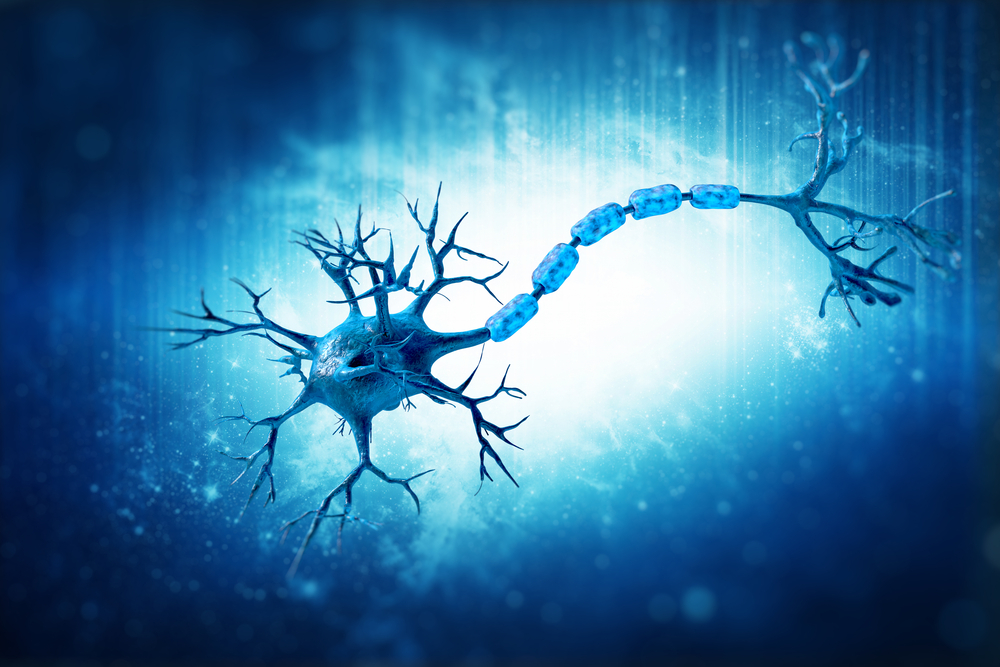Inhibiting Specific Cell Signaling Pathway May Help Reduce Chronic Pain in SMA, Mouse Study Shows

Inhibiting a specific signaling pathway — known as NF-κB — may help reduce chronic pain in spinal muscular atrophy (SMA), a new mouse study shows.
The results of the study, “SMN deficiency causes pain hypersensitivity in a mild SMA mouse model through enhancing excitability of nociceptive dorsal root ganglion neurons,” were published in the journal Scientific Reports.
SMA is a genetic disease caused by mutations in the SMN1 or survival of motor neuron 1 gene. Many patients with SMA experience chronic pain, which is a common concurrent condition in many neurological disorders.
One study referenced by the investigators found that 71% of adolescents with SMA suffer from chronic pain, among whom 59% reported experiencing weekly, daily, or constant pain with episodes that lasted anywhere from one to 12 hours.
Since chronic pain can be caused by various factors, understanding the specific mechanisms that cause pain in SMA can help “shed light on design of therapeutic approaches for pain relief,” the researchers said.
There are several mouse models of SMA frequently used by researchers to understand the mechanisms underlying the disease, and to pinpoint therapeutic targets or test potential therapies. However, pain has never been investigated in mouse models of SMA.
What do you think of this news? Join the discussion in our SMA forums.
Now, a group of Chinese researchers investigated the mechanisms behind chronic pain in the context of SMA using a mouse model of the disease.
The team hypothesized that nociceptive, or pain-sensing neurons might be functionally impaired in SMA mice.
Researchers first wanted to understand whether, similar to humans, pain hypersensitivity was present in SMA mice. If so, they would then explore the underlying mechanisms that led to pain.
The team used a mouse model that developed a mild form of SMA, since animals with severe forms of this disease die prematurely and would not allow for an analysis of pain profiles.
Using five different tests to evaluate pain, researchers observed that the mild SMA mouse model was hypersensitive to multiple forms of pain.
To understand the mechanisms behind pain sensitivity, the researchers used patch-clamp recordings, which evaluate how much neurons can signal. Researchers found the nociceptive neurons — those involved in pain sensing — had increased signaling rates, which translated into increased pain.
Voltage-gated sodium channels play an important role in cell signaling between neurons. Upon further observation, researchers found enhanced expression of two main voltage-gated sodium channels — Nav1.7 and Nav1.8 — in the SMA mouse model.
This increased expression of Nav1.7 and Nav1.8 was due to increased NF-κB signaling — a type of cell signaling pathway that leads to increased expression of certain genes. “Activation of NF-κB is also a cause of pain hypersensitivity in multiple pain models and diseases that are known for severe pain,” the investigators said.
The researchers blocked NF-κB signaling by injecting mice intrathecally, or via the spinal canal, with pyrrolidine dithiocarbamate (PDTC) — a selective NF-κB inhibitor. That treatment reversed pain sensitivity and lowered the expression of the two genes encoding Nav1.7 and Nav1.8 channels in animals’ nerve cells. This demonstrated that NF-κB contributes to pain hypersensitivity in SMA.
These data suggest potential targets for therapeutic interventions, the researchers said, and may have “clinical value in search for treatment to alleviate chronic pain in SMA patients.”







